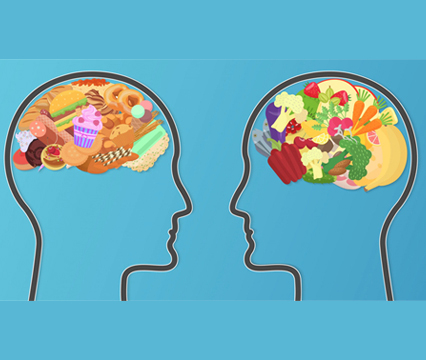Time spent looking at food during a delay of gratification task is positively associated with children’s consumption at ad libitum laboratory meals
The evidence on the relationship between overeating and induced delays in gratification in children remains insufficient. However, research has shown that delaying gratification related to food can help modify obesity drivers. In this study by Lundquist et al. (2019), the authors investigated whether delaying gratification in children would impact the consumption of ad libitum test meals. The dietary intake within a laboratory setting of a sample of 40 children (ages 7 to 9, 40% overweight/obese) was monitored after a variety of exposure settings (no exposure, exposure to food commercials, exposure to toy commercials). The experiment was repeated five times, during which children consumed three test meals. Delayed gratification was simulated following three themes: talking vs. not talking, looking at food vs. looking away from food, and sitting still vs. fidgeting. The authors discovered that the more time children spend looking at food, the higher their ad libitum intake of test meals. This association was augmented by food commercials and was not influenced by toy commercials or any potential confounders (e.g. weight, age, sex, parental income). The authors conclude that delaying the gratification of children through spending time looking at food makes them more susceptible to increased intake on their following meal, an association that could be utilized to enhance childhood obesity interventions. [NPID: Children, delay of gratification, laboratory test meal, observational coding]
Year: 2019
 Navigation
Navigation






